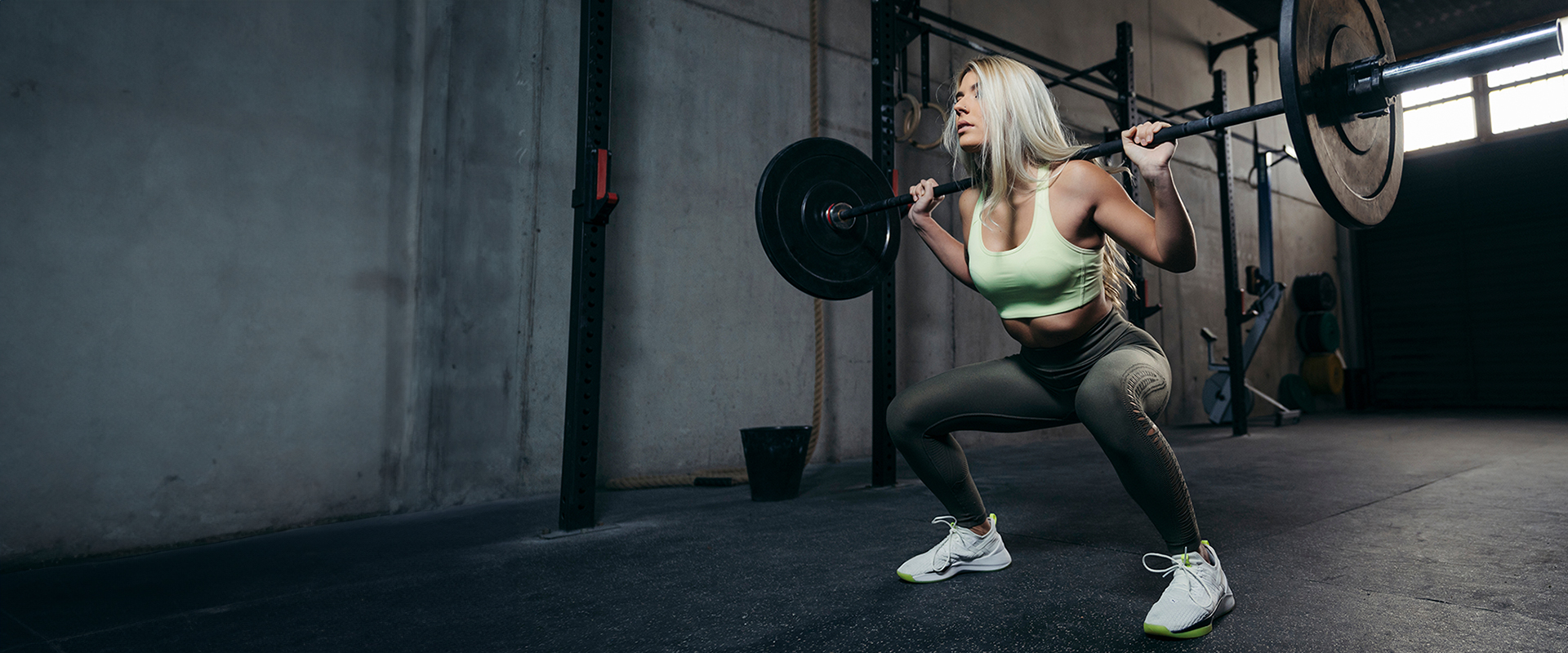Full Body Workout
Squats engage multiple muscle groups across the body, not just the legs. They work the quads, hamstrings, glutes, lower back, (essential everyday muscles) providing a full-body workout.
Core Strengthening
Squats are excellent for building a strong core. The stability required to perform squats engages the abdominal and lower back muscles, crucial for posture and preventing injuries.
Flexibility and Mobility
Regular squatting improves flexibility in the hips and ankles, which are vital for daily activities and other exercises.
Boosts Athletic Performance
Squats enhance athletic abilities by improving strength, speed and endurance. They are particularly beneficial for runners, cyclists and team sports players.
Enhances Functional Fitness
Squats mimic natural movement patterns, improving your ability to perform everyday tasks like lifting and bending.
Sign Up for Our Newsletter
Join our mailing list to receive first notice on FREE content, Perks and upcoming events.
Meditate: Meditation reduces stress, improves concentration, and can enhance self-awareness, helping in mental well-being.
Squats
25 different types of squat exercises
01: Standard Squat
The foundational squat with feet shoulder-width apart.

02: Sumo Squat
Feet wider than shoulder-width, toes pointed out.

03: Narrow Squat
Feet closer than shoulder-width.

04: Goblet Squat
Performed holding a kettlebell or dumbbell close to the chest.

05: Pistol Squat
A one-legged squat requiring significant balance and strength.

06: Jump Squat
Adds a jump for a plyometric, cardio boost.

07: Box Squat
Squatting to a box or bench, good for beginners.

08: Split Squat
One leg forward, one leg back, resembling a lunge position.

09: Bulgarian Split Squat
A split squat with the rear foot elevated.

10: Over Head Squat
Holding a weight overhead, demanding for balance and flexibility.

11: Front Squat
Barbell held in front of the body, emphasizing quads.

12: Back Squat
Barbell on the upper back, a classic strength exercise.

13: Zercher Squat
Barbell held in the crooks of the elbows.

14: Hack Squat
Barbell held behind the legs.

15: Sissy Squat
Leaning back with bodyweight, intense on quads.

16: Wall Sit Squat
Squatting against a wall, isometric hold.

17: Single-Leg Box Squat
One-legged squat to a box, for balance and strength.

18: LandMine Squat
Barbell anchored in a landmine unit, offering a unique angle.

19: Kang Squat
A hybrid of a good morning and a back squat.

20: Cossack Squat
A lateral squat, great for flexibility and inner thigh strength.

21: Bear Squat
Mimics a bear’s stance, good for mobility.

22: Dumbbell Squat
Standard squat holding dumbbells at your sides.
.

23: Barbell Kneeling Squat
An exercise performed on the knees with a barbell on the shoulders, focusing on glute and thigh muscle activation.

24: Barbell Split Squat
A strength exercise where one leg is forward and the other extended back, holding a barbell on the shoulders, targeting the quads, glutes and hamstrings.

25: Kneeling Squat
A squat variation performed from a kneeling position, primarily targeting the glutes and hamstrings without significant knee strain.



